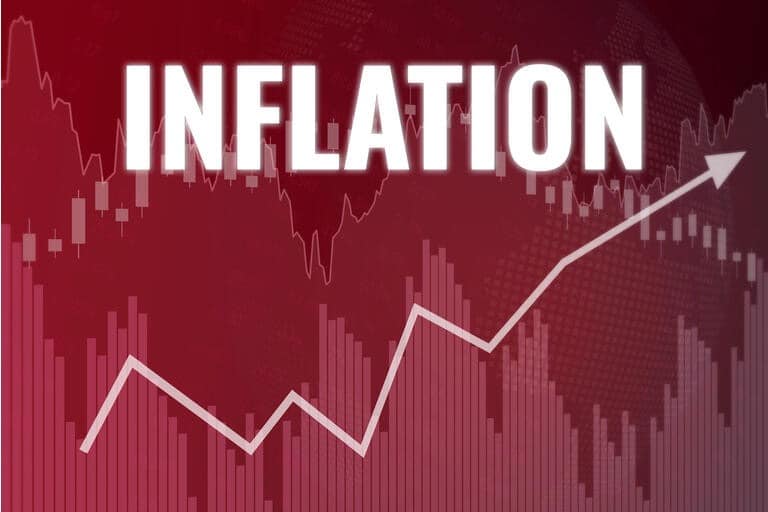Ben Bernake, former Chairman of the Federal Reserve, earned the nickname ‘Helicopter Ben’ when he suggested in 2002 that helicopter money could always be used to stave off deflation
Ben Bernake, former Chairman of the Federal Reserve, earned the nickname ‘Helicopter Ben’ when he suggested in 2002 that helicopter money could always be used to stave off deflation
Ben Bernake, former Chairman of the Federal Reserve, earned the nickname ‘Helicopter Ben’ when he suggested in 2002 that helicopter money could always be used to stave off deflation
Suppose that a helicopter flew over Singapore, and dropped one thousand dollar bills, so that every citizen got one. They would likely promptly spend it thereby boosting the economy by increasing aggregate demand for goods. This is helicopter money.
Contrast the helicopter money scenario with Quantitative Easing, whereby Central Banks credited commercial banks instead, which was used in an effort to counter the deflation from the 2008 crisis. The problem with QE is that the money reserves were created by purchasing bonds or other financial assets. This money creation was not seen as permanent, but rather more like a swap which can be reversed in the future. We already saw the volatility in financial markets caused by any Central Banks declaration of their ‘tapering’ of their balance sheet, effectively reversing the swap. Helicopter money, on the other hand, would be a ‘permanent’ addition to the monetary supply.
In conducting QE via the banking system, the excess reserves got stuck at the banks, which instead of lending it out (due to low demand or the risk of not being repaid being too high), ended up buying financial assets, primarily government bonds, keeping interest rates low. This had multiple negative effects, failing to boost the economy, and perversely reducing savers’ interest income, causing them to spend less, especially in the first world countries with negative demographics. Effectively the only entities that could easily borrow these excess reserves were ones that didn’t need the money, so they tapped this loan source and used the proceeds to buy their own equity, boosting earnings per share. This had the unwelcome effect of boosting asset prices while median incomes remain low, further widening the wealth gap.
For anyone who thinks the possibility of helicopter money is very far-fetched, Hong Kong implemented this in 2011, where after seven years of budget surpluses every adult holder of a Hong Kong permanent identity card was credited with a tax free HK$6,000.
Hong Kong initially proposed a similar scheme in 2009, where HK$6,000 was to be deposited in the pension scheme of every HK resident with an average monthly income of less than HK$10,000. As you might imagine, the 2011 version was far more popular with citizens, and more successful in boosting the economy.
As more governments around the world start discussing the merits of such actions, investors need to understand the concepts that such policies would have on their investments.
Bloomberg Newsweek even published a cover page titled ‘Is Inflation Dead?’, which we may end up looking back on as a mirror image of the classic Newsweek’s 1979 cover: ‘the Death of Equities: how Inflation is destroying the stock market’, which marked the secular low of the 1970s equities bear market.
While the MMT inflationary pressures may take time to filter into the economy, what is clearer is that after a 40 year long bond bull market, we have come full cycle, and all debt is likely to enter a multi-decade bear market. Hardly anyone in the money management business can even fathom a bond bear market. The last time it happened, even AAA rated long maturity bonds lost more than half of their value. With so many bonds sporting negative yields, a similar outcome is a very real risk investors should prepare against.
By LEONARDO DRAGO
Co-founder of AL Wealth Partners, an independent Singapore-based company providing investment and fund management services to endowments and family offices, and wealth-advisory services to accredited individual investors.





